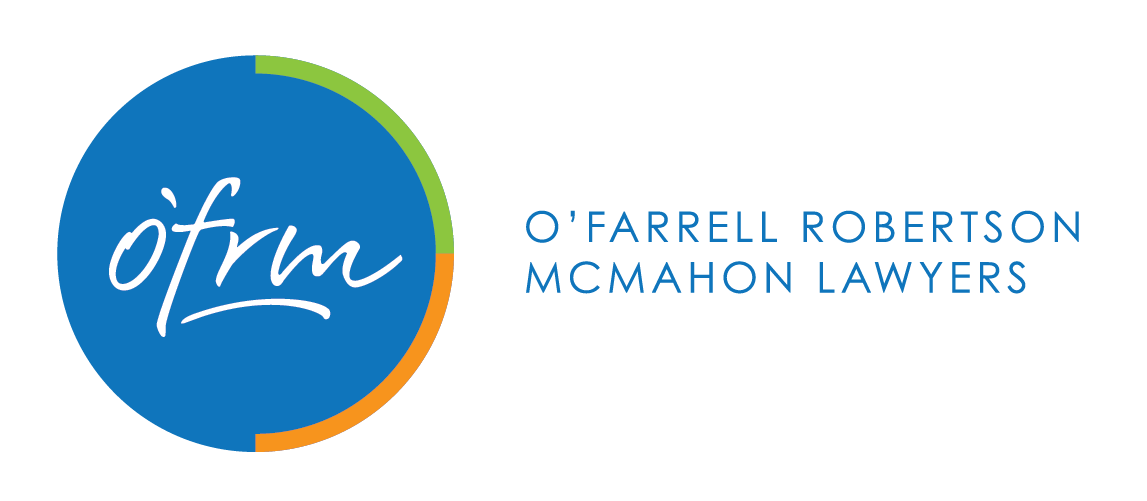Checking the impact of restrictive covenants when purchasing property
When purchasing property it is important that you are aware of any restrictive covenants affecting the land. Restrictive covenants limit the use or development of the property which may prevent you from doing what you intend.
Some examples of restrictive covenants include:
- A covenant that limits the development of the land to a single dwelling
- Covenants that control the type of building materials that can be used for buildings and fences on the property
- A covenant can even restrict the number of pets you can have on the property
When looking at the Title search contained in the Section 32 Statement it will be evident whether or not there are any restrictive covenants registered on the Certificate of Title. The covenants themselves however will either be stated on the Plan or on a separate document which should also be included in the Section 32 Statement.
Restrictive covenants are commonly applied when developers subdivide land and wish to apply some restrictions on the use and development of the land. In these cases, the restrictive covenants that are to be registered on the new Titles will be contained in the special conditions of the Contract of Sale.
When you meet with your lawyer to sign the Contract of Sale, your lawyer will carefully examine the Contract and Section 32 Statement to determine whether the property you are purchasing is affected by restrictive covenants.
This is the first of two articles on restrictive covenants. The second is on removing restricted covenants.
